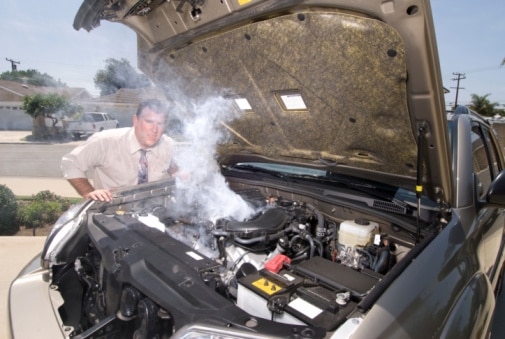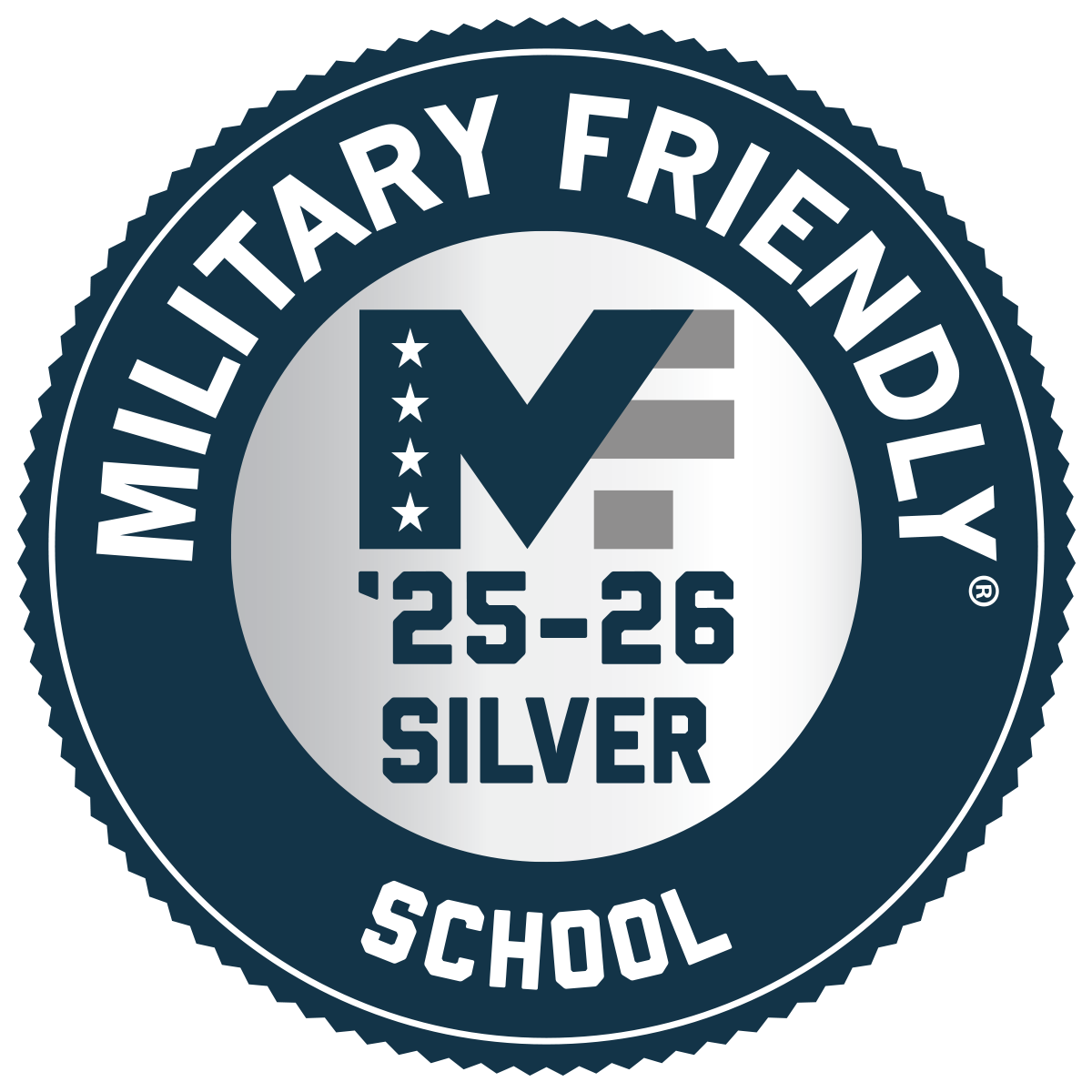These days, few people work for just one company for 40 years before retiring. If you’re starting to think about transforming your life and launching your second career, consider whether hitting the open road as a professional truck driver might be right for you. There’s considerable appeal in taking up the trucking trade later in life. It all starts with a visit to a truck driving school, which can offer accelerated programs to get you on the road faster.
The Appeal of the Open Road
Most people who gravitate toward a career in an 18-wheeler are struck by a sense of wanderlust. They’re weary of working in a cubicle, staring at a computer for eight hours a day. As a professional truck driver, your mobile “office” will give you plenty of sunshine and fresh air. You’ll meet new people every day, and you’ll see new sights virtually every minute of your shift. Becoming a truck driver is the perfect opportunity to get better acquainted with the many natural and man-made wonders of North America.
The Perks of Being an Older Truck Driver
Another fantastic reason for choosing truck driving as a second career is that, at this point in your life, your family is probably a bit more flexible. If your kids are already grown and out of the house, then it’s easier to pick up OTR work—those long, multi-day trips around the country. This is likely one reason why more women are choosing truck driving as a second career later in life.
The Skills that Transfer to the Trucking Industry
It’s hard to beat truck driving as a second career, since so many skills readily transfer to the industry. This is especially true of military veterans, who understand how to think on their feet, make quick decisions, and take directions. Even if you’ve been in an office for much of your working life, your organizational skills will come in handy when completing the required compliance paperwork.
Whatever your background is, you can begin your second career as a professional truck driver at Yuma Truck Driving School in Arizona. We’re proud to accept GI Bill educational benefits, and we have a long history of working with military veterans and their families. Call us today at (888) 647-3239.
























